" THERE IS NO MAT AS BEAUTIFUL AS THE TABLE MAT "
In early 2023, the famous mat weaving artisan of Ban Thach, Mrs. Le Thi Them, passed away at the age of 101. Mrs. They passed away peacefully while her children, the next generation, continued to take over the profession. "But when our generation passes away, the Ban Thach mat weaving profession will fade into the past. Now, even if we want to pass it on, no one will follow. The most we earn is 50,000 VND a day, how can we make a living?", Mr. Vo Duc Khuong (75 years old, son of Mrs. Them, reflecting in Vinh Nam village, Duy Vinh commune, Duy Xuyen district) exclaimed.
According to researcher Le Thi, Ban Thach is now Vinh Nam village (in Duy Vinh commune), an ancient village of Quang Nam . Citing O Chau Can Luc revised in 1553, Mr. Thi said that Ban Thach was originally called Ban Co, one of 66 villages of Dien Ban district, Trieu Phong prefecture under the Le dynasty. Today, Vinh Nam and Dong Binh are two villages that still have residents weaving sedge mats. Ban Thach market in Vinh Nam village was also a famous early morning mat market in the past.
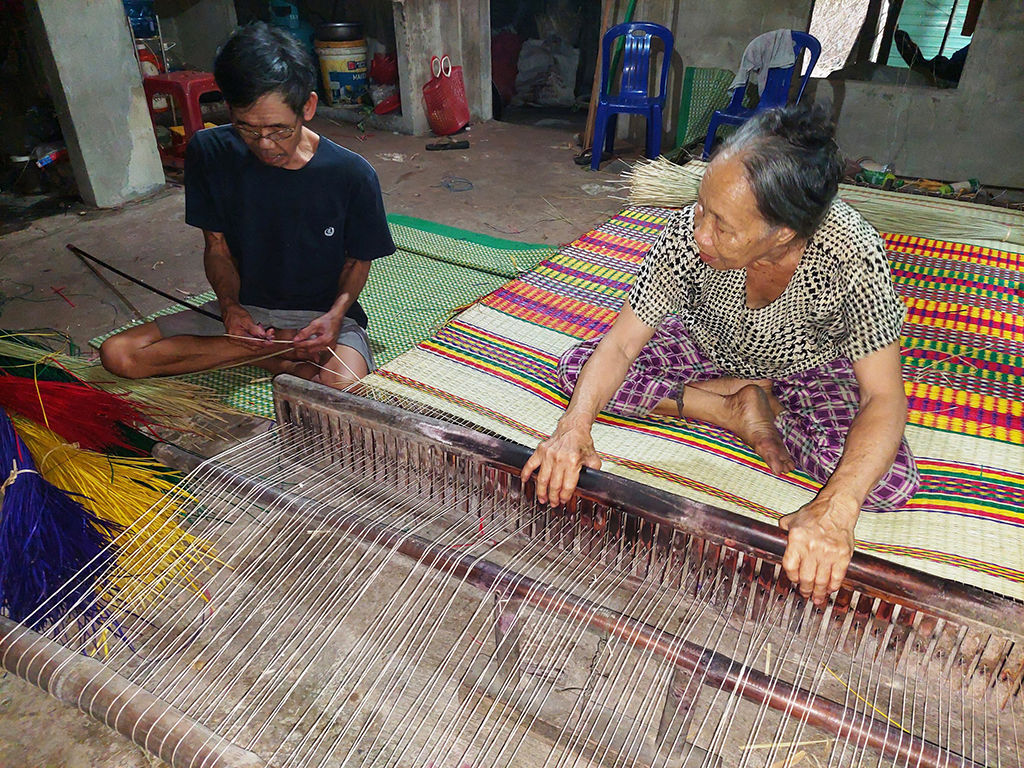
Mr. andMrs. Vo Duc Khuong has been involved in the Ban Thach mat weaving profession for more than half a century.
We tried hard to find the last people in the "original" Ban Thach village who still nurtured the brand day and night and were lucky to meet Mr. Khuong and his wife. Mr. Khuong told the story of the origin of Ban Thach village from Thanh - Nghe with the journey of refugees during the Trinh - Nguyen national conflict, about 400 years ago. Many documents recorded that after crossing Hai Van pass, reaching the territory of Thang Hoa district (Quang Nam), people from Nga Son area ( Thanh Hoa ) decided to stop here to settle down, improve the land to grow sedge, and establish a mat weaving village. Over time, mats gradually became an essential item in every family and the weaving profession also flourished from there. Documents also said that Ban Thach mats also became tributes to the royal court, nobles, and mandarins in the past. This is enough to show the sophistication of this type of sedge mat.
Mrs. Tran Thi Diep (73 years old, Mr. Khuong's wife) shares that for more than 50 years, she and her husband have relied on the loom to make a living. She is grateful for the job because thanks to the mats that she brings to the market every day, she can raise 4 children. "This job is suitable for women, especially when they have young children because one hand weaves the mat and the other hand can rock the cradle. In Ban Thach village, many children have grown up with the loom like my children. And everyone knows by heart the folk songs that are proud of their ancestors' job: No mat is as beautiful as Ban Thach mat/No creek is as deep as Bung Binh creek", Mrs. Diep added.
HAVE BEEN TAKING KARMA INTO THE BODY…
Because they grew up next to looms, according to Mr. Diep, around the 80s of the last century, everyone in Ban Thach village knew how to weave mats. At that time, wherever you went in the village, you could see every household weaving mats. Mats such as patterned mats, plain mats (no color), cotton mats... were exported all over the country, even to many countries in the world , especially Eastern Europe. But then plastic mats and machine-woven sedge mats "swept away", weavers like Mr. Diep and his wife tried to stick to the profession because of their old age. No young man or man could bear the daily life of threading and pulling the thread frame to receive a day's wages that were not equal to a day's work as a construction worker.
Now, in Ban Thach village - the name that made the mat brand - it is difficult to find a household that still weaves. Following the introduction of Mr. Diep and his wife, we crossed the sedge field at the end of Vinh Nam village to meet Mr. Khuong's three younger siblings. "In Ban Thach, we are the only ones who still carry on the mat weaving profession. We are used to it, and if we don't do it, we can't bear to miss it," said Ms. Vo Thi Phuong (70 years old).
"Sitting with a hunched back and low wages, and hearing about the steps, no one would dare to follow the profession. First, you have to cut the sedge, split each strand in half and dry it in the sun for 2 days. While drying, you have to watch to make sure the strand is tough enough. When finished, you have to dye it in blue, red, purple, yellow, and dry it again, still watching to make sure the sun is just right so it doesn't get moldy or break due to the harsh sunlight," said Vo Thi Het (64 years old, sister of Ms. Phuong). When it comes to the frame, you have to connect each jute strand, then one person threads the thread, one person pulls the loom. While weaving, you have to pay attention to the color coordination so that it is even and beautiful. When the mat is separated from the frame, you have to trim it to make it square and then braid the 2 ends so it doesn't unravel. Everything requires skill...
According to Mr. Het, Ban Thach mats are usually made in sizes ranging from 0.8 - 1.6 m wide and 2 m long. The special feature that makes customers from all over the world love them is that the patterns on each mat are made from pre-dyed sedge fibers, not printed with pre-made patterns. That is also the pride in the profession that Mr. Vo Duc Khuong and his brothers take as motivation to preserve. "I just hope that Ban Thach mats will not fade away...", Mr. Confirmed framework. ( continued )
Redirecting mat weaving profession to tourism
Mr. Nguyen Sau, Chairman of Duy Vinh Commune People's Committee, said that Ban Thach mats have long been a trademark of many people in Vinh Nam and Dong Binh villages. While in Vinh Nam there are only a few households, Dong Binh currently has about 80 households following the profession, mainly the elderly. Up to now, the sedge raw material area has decreased from 80 hectares to about 20 hectares, so the profession is facing many difficulties. The most difficult is the output. The Commune People's Committee has developed a plan to preserve the traditional craft village and is waiting for the district's approval. This includes arranging raw material areas, production associated with performances, making souvenir products from mats for tourism...
Source link



![[Photo] Prime Minister speaks at the High-level Discussion Session of the Expanded BRICS Summit](https://vphoto.vietnam.vn/thumb/1200x675/vietnam/resource/IMAGE/2025/7/7/70b6e323f350404fa23f60527a4a8794)
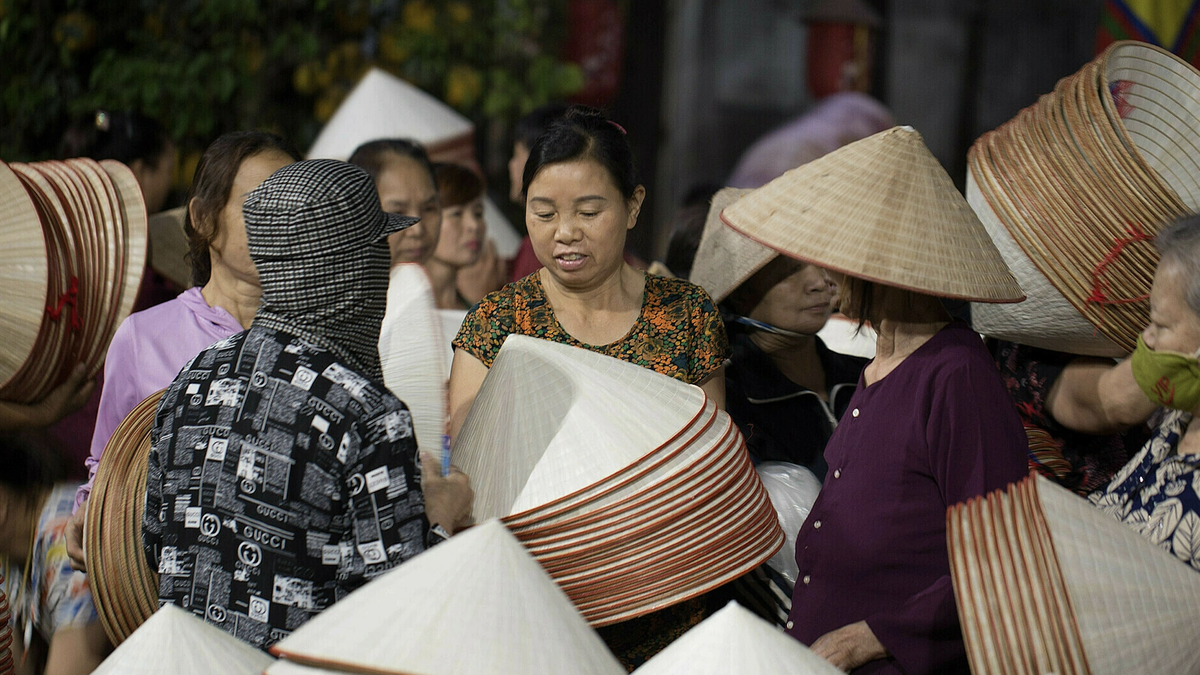



















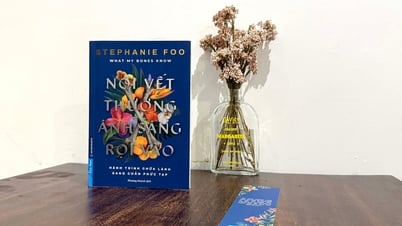


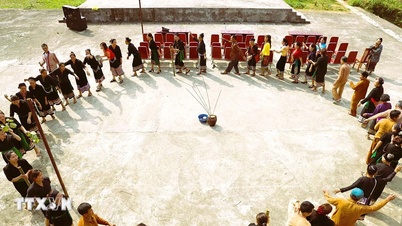

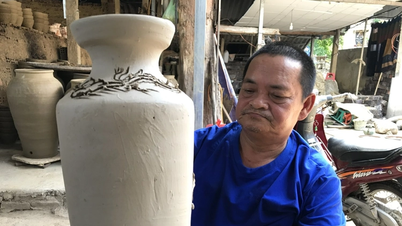

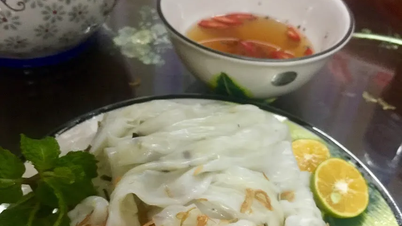

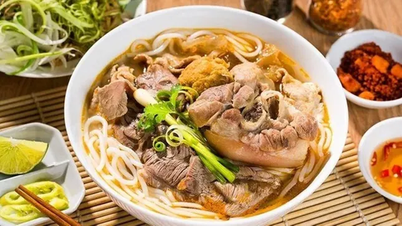

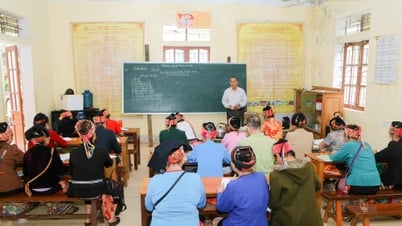

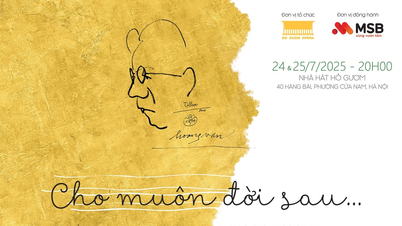

























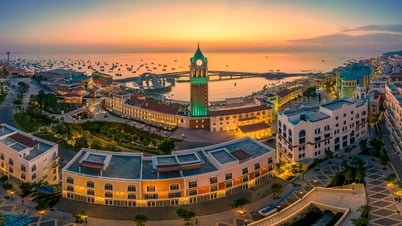



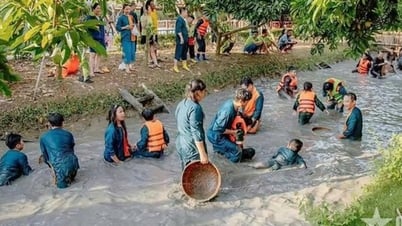

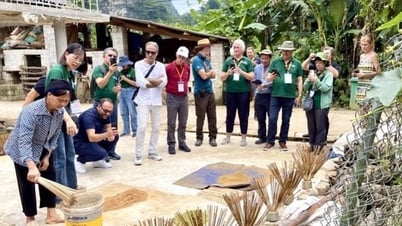




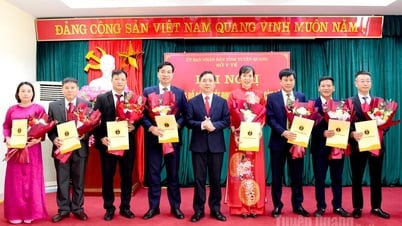












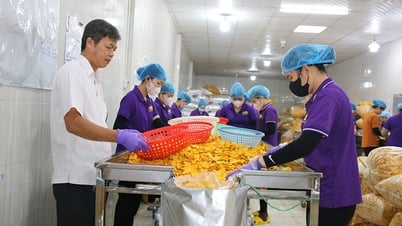



![[OCOP REVIEW] Bay Quyen sticky rice cake: A hometown specialty that has reached new heights thanks to its brand reputation](https://vphoto.vietnam.vn/thumb/402x226/vietnam/resource/IMAGE/2025/7/3/1a7e35c028bf46199ee1ec6b3ba0069e)


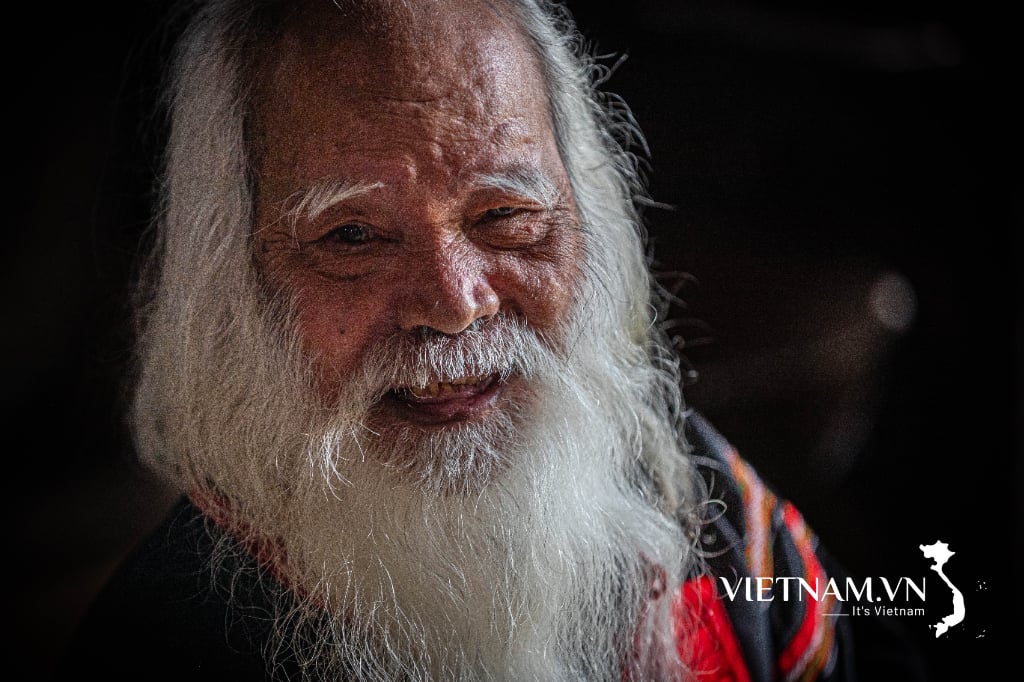



Comment (0)